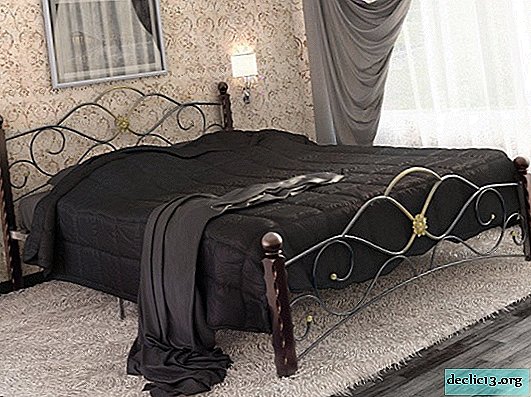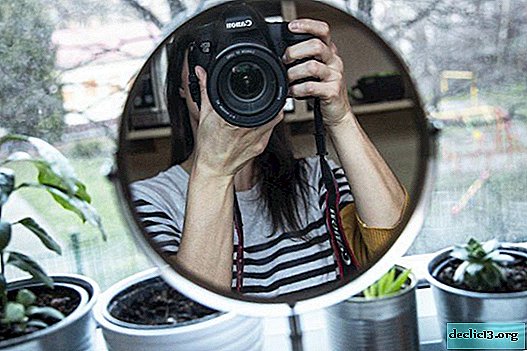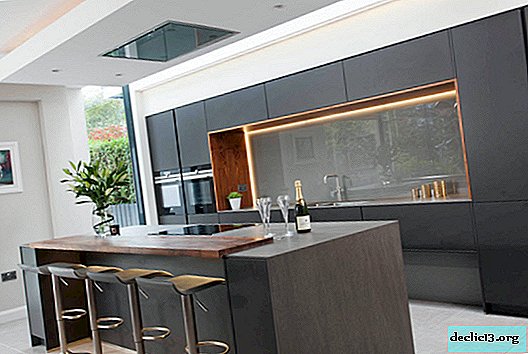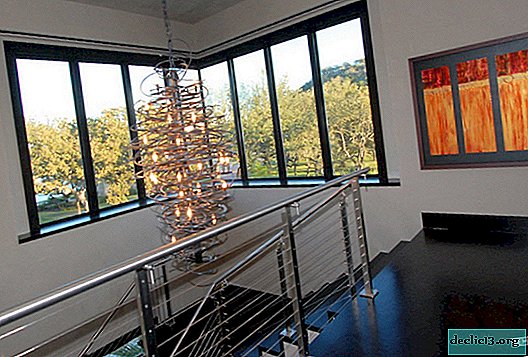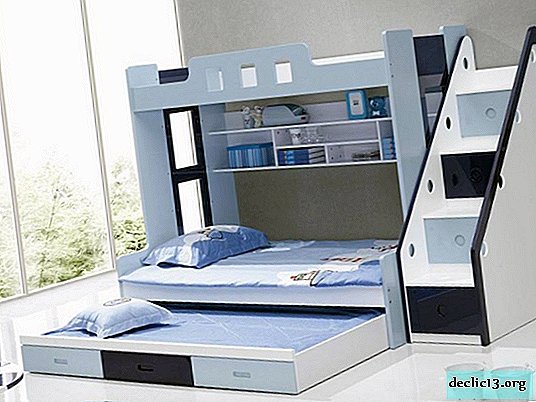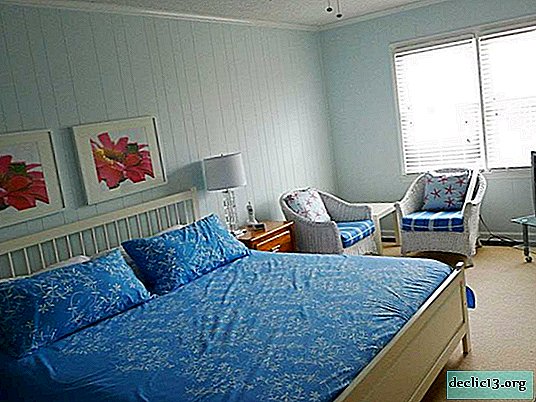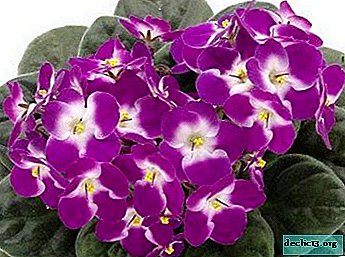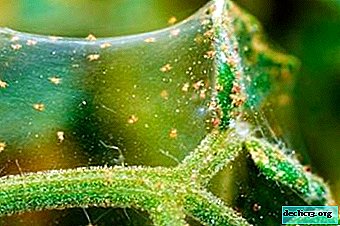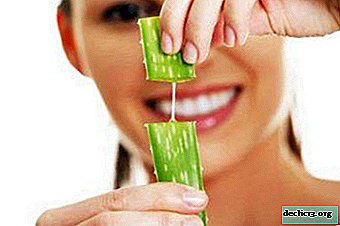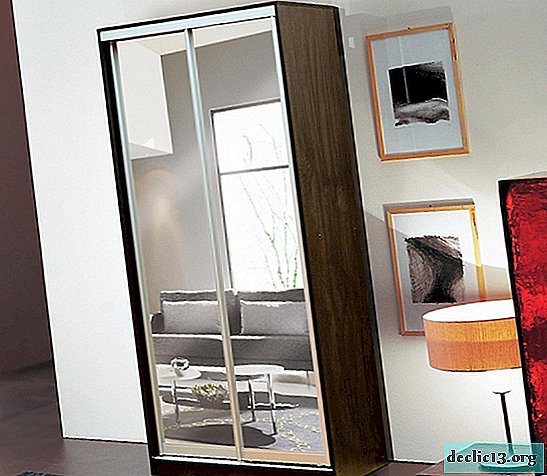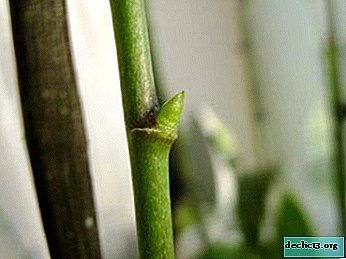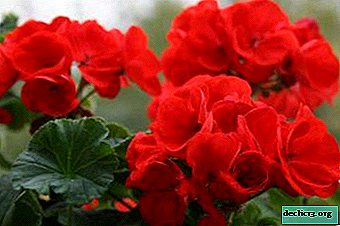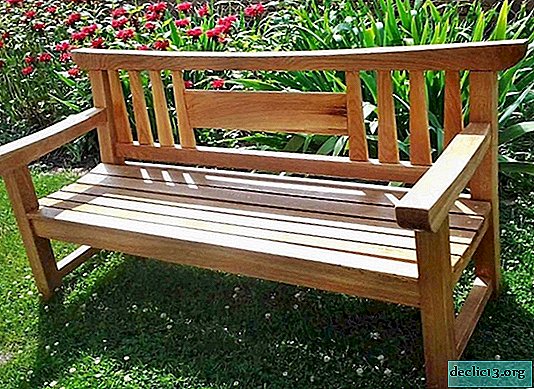Flower bed - decoration of your site
Flowerbeds and flower beds are the most popular decorative elements of landscape design. Whatever the size of your country or personal plot. There is always a place for a small flowerbed, with its presence alone, it can transform the surrounding landscape. The variety of flower beds is amazing - they differ in size, shape, location relative to the horizon and the selection of plants for planting. We hope that you can be inspired by our impressive selection of landscape design projects and create your own floral masterpiece in the summer cottage or in the adjacent territory of your private homeownership.
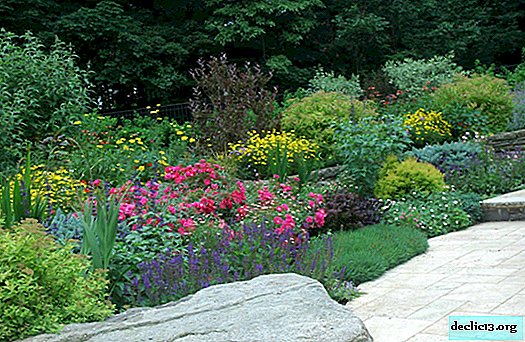


Types of flower beds
Regular flower bed
The main difference between this type of flower beds from other flower beds is the presence of a strict geometric pattern, which is made up of different plants. For such flower beds, it is important that different colors, planted in a certain way, bloom at the same time. For such a flower garden, an important factor is the illumination of the territory. That is why such structures can be found in city gardens and parks. On your personal plot or summer cottage, you can organize such a flowerbed if there is enough space on it - and the flowerbed is one of the largest in size, and it requires a lot of light, does not like shadow.




On a regular flowerbed, you can plant both perennial and annual plants. It is important to understand that caring for such a flower garden will take a lot of time, this is due to the fact that different types of plants require an individual approach to watering and top dressing. But the result will invariably please both the owners and guests of the summer cottage - the flowerbed looks luxurious. For connoisseurs of landscape design, time spent on landscaping a regular flower bed will be a pleasure.





Irregular flowerbed
This is one of the most popular types of flowerbeds that landscape designers use very often in their project (rarely, which site can do without this type of flower garden). It is much easier to care for an irregular flowerbed, it pleases the owners and their guests with flowering throughout the warm season and is cheaper in financial terms. In such flower beds, flowers are planted in such a way that flowering occurs in waves - one species fades, another replaces it.




Another feature of this type of flowerbed is the lack of a clear pattern. Designers try to achieve maximum naturalness when planting flowers. As a result, it may seem that this flowerbed is a manifestation of nature, and not a man-made decorative element of landscape design. Such a flower garden may also not have a certain geometric shape - flowers are planted solely in color.




Irregular flower beds also negatively relate to large amounts of shade. When planting, you can use both short and tall plants, but arrange them in a certain way. If the view of the flowerbed opens from all sides, then tall flowers are planted in the center of the landscape segment. If the flower garden is located at the fence, at the edge of the plot, then tall plants are planted at the far edge of the flower bed.




To create an irregular flower garden, you can use a variety of plants. Our compatriots most often use perennial plants - roses, peonies, phlox. In the company, annual species of asters, nasturtiums, snapdragons are planted with them - the choice depends only on your personal preferences and ability to care (watering, feeding, removing dried plants). In irregular flowerbeds there are no clear taboos; you can experiment without fear of disturbing harmony. Compositions in such flower beds are often natural, as if created by nature itself.




Raised bed
Already from the name it is clear that this type of flower beds is distinguished by design features. It’s simplistic to say that this is a container with flowers. As a rule, a raised flowerbed is made in a clear geometric shape - a circle, a rectangle, a square, a polyhedron. The height of such a structure can vary from 20 cm to 1 m. The wall of such a flower tank is usually made of boards, brick, concrete, natural or artificial stone, sometimes the structure is assembled from small logs, branches.



Raised flower beds are rarely placed on lawns - such structures require a solid surface - asphalt, gravel, paving stones. Such flower beds are very common when gardening the streets of the city, parks, squares. On its site, such a flower garden is most logical to have at the entrance to the house or any other structure. Raised flowerbeds located symmetrically in front of the entrance to the household look very solemn.




In raised flower beds, annual flowers are mainly grown, perennial plants are less commonly used. Another feature of this type of flower garden is the need for more frequent watering - water in such designs does not stagnate (which for many plants acts as an advantage), but requires additional effort, because the soil dries out quickly enough.


An elevated flower garden is a great way to decorate a summer cottage or garden. You can build entire cascades of flower beds of different heights, shapes and sizes, creating unique masterpieces of landscape design. By the way, cascading structures will be even easier to water.



Raised flowerbed can be built in any tank. For example, an old bed frame can be used to create a flower garden in a Provence sieve. If the light paint on your metal frame has peeled off a little - it’s even better, the structure acquires a special charm.


The appearance of the raised flowerbed largely depends on the type of material from which the vessel for plants is built. Masonry or brickwork, concrete walls (painted or left in their original form), a bowl made of coarse pebbles or wooden elements - each type of material creates its own unique image of a flower garden.



Raised flower beds in summer cottages are used not only for planting flowers. A variety of greens that can come in handy for cooking will look luxurious on your personal plot. The only thing that will need to be taken into account is the compatibility of plant species according to the frequency of irrigation and the amount of sunlight received.




The advantage of raised beds is that they can be built even on a tiny piece of land, installed on the backyard of a private urban-type house, and even used to decorate outdoor terraces. They can be used to decorate small barbecue areas, segments for children’s recreation of private courtyards of various sizes.




Carpet bed
This type of flower beds is most often used in urban landscaping, but it can also serve to decorate a summer cottage or a house adjoining territory. This type of flowerbed is something like a living panel - undersized plants with colored foliage are arranged in a certain order, in the form of a carpet pattern. Externally, a carpet bed is similar to a carpet of fluffy elements that create an ornament. The flower beds are very beautiful, the owners will have something to be proud of, but such a construction will require considerable work.



Creating a carpet bed in a summer cottage is not easy, but the result will delight everyone who will have the honor to see it. Such a flower garden will become the undisputed favorite of your site, a real gem of landscape design. But at least once a week you will need to pay attention to the flower bed - remove dried plants, cut off overgrown flowers. It is necessary to constantly maintain a clear border between plants so that the "carpet" pattern is not disturbed.


In some cases, to create carpet elements of landscape design, plants are dug into the soil directly in pots. In such situations, the flower bed will require more frequent watering - the soil dries out quickly enough.


Traditional monoclomb
From the name it is clear that the flower bed is a flower bed in which one species of plants is collected. In summer cottages, this type of flowerbed most often lands along the curbs and serves as a kind of decorative decoration of garden paths. For monoclomb, the brightest flowers that are visible from afar are used.



A monoclumba will become an adornment of your garden or summer cottage, but you just need to experiment a little with its shape, adjust the location so that the location of the flower garden does not look spontaneous. In addition to limiting the paths, monoclumbia are used to delimit garden areas, highlighting segments worthy of special attention.




Vertical flower bed
The name speaks for itself. For everyone who has little space on the site, but has a great desire to see many beautiful, flowering plants, a vertical flower garden is the optimal solution to the problem. Such flower beds are also called three-dimensional, they often adorn the walls of houses, fences, arbors and other buildings involved in the formation of landscape design.

Creating such a flower garden is a very laborious task. As a rule, for these beds special multi-level boxes are used, but you can place ordinary pots on a pre-constructed rack. It all depends on the location of the vertical flowerbed, your capabilities and the amount of free time. This can be either separately located plants, or a kind of screen, in which there are no gaps, created entirely from plants.

To decorate a summer cottage or garden, there are many options for creating decor. Each of them is beautiful and original in its own way. The most important thing is to choose the right place to place the flower beds, choose the types of plants you like that are appropriate for a certain type of flower garden and do not forget to look after them. And then your summer house or courtyard of a private household will turn into a beautiful, fragrant garden with its own unique character.







